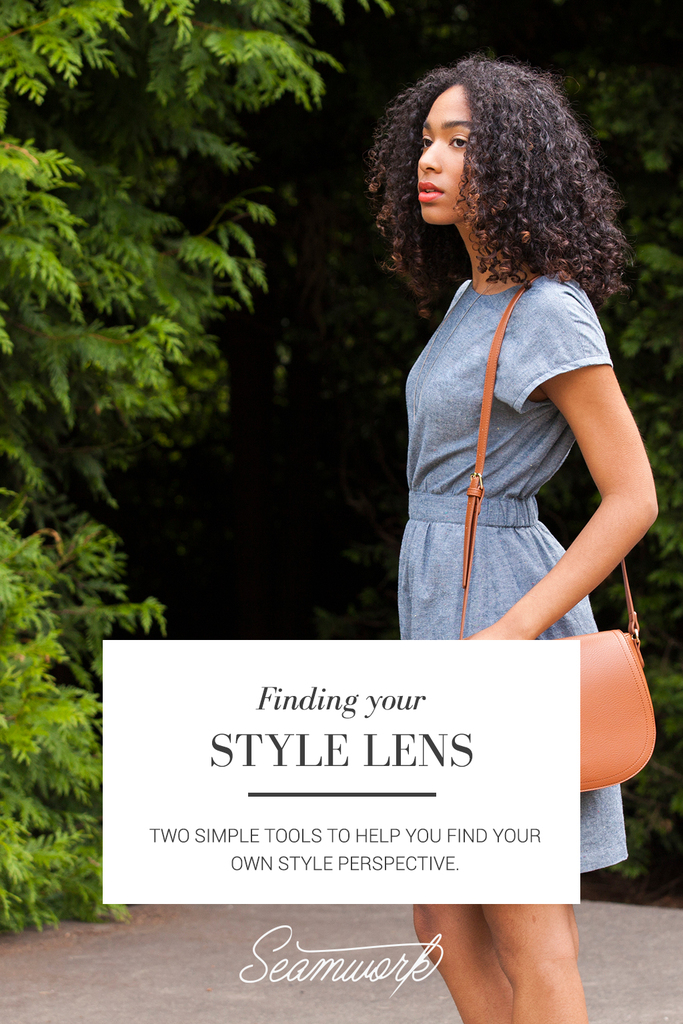You’ve probably noticed that some aspects of the way you dress change considerably over time, while other aspects remain static.
Many designers and fashion visionaries have commented that this is the difference between fashion and style. Oscar de la Renta once said, “Fashion is about dressing according to what's fashionable. Style is more about being yourself.” And Coco Chanel famously stated that “Fashion changes, style endures.”
I wouldn’t disagree with either of these perspectives. But in some cases, it’s tempting to oversimplify this idea and decide that “fashion” is synonymous with meaningless trends and marketing, and that to have true style, you must always stick to one particular look.
True style is about finding what’s meaningful and true to you, and using that as a lens to make choices that evolve your look over time. As designers, Chanel and de la Renta both had iconic looks that endured through the years. At the same time, each created new collections that continuously updated that style and incorporated new ideas.
Without that lens—that artistic perspective that comes from within—perhaps fashion would become an endless parade of empty trends. In many cases, that’s all it is. But if you look to your favorite designers, whether they’re famous visionaries like Chanel or small emerging designers today, you will probably see compelling storylines in their collections that reflect a deeper perspective on the world, on the body, on women.
In the May 2017 issue of Seamwork, we talked about exploring the parts of yourself that are reflected through your clothing: your history, values, and identity. To follow up on that, let’s translate those aspects of who you are into a visual language.

Create a core style mood board
Just as designers create mood boards in order to distill their inspiration into a coherent look, you can create a mood board that helps you interpret who you are visually.
Look over the answers to some of the questions in our previous article:
- History: What is still true to you from your past?
- Values: What values are most dear to who you are, and how are those expressed in what you wear?
- Identity: What aspects of your ever-evolving and complex identity do you want to express?
Use the answers to these questions to craft a mood board that tells a visual story of who you are, what aspects of your style have endured over time, and what you want to express to the world.
You can use a site like Pinterest to quickly and easily create a mood board like this, or you can physically cut and paste images onto a piece of foam core or poster board. I like to start with no more than 20-25 images, so that I can really focus on what feels true to me. The very process of editing things out is helpful.
Define your style
Once you’ve spent some time creating a mood board that feels right to you, it can be helpful to choose a few words that define this visual style lens.
Having these words in mind can help you to make better decisions in the future, as your style evolves over time. It can be difficult to keep the entire visual representation of your mood board in mind, but a few words that encapsulate it can help you to simplify your decisions.
Three words have worked well for me. While five or six words might feel more descriptive, it can be difficult to remember more than three.
Keep it fresh
You now have two simple but powerful tools for defining your style: a mood board that visually represents your core style, and a few words that help to keep that style front-of-mind.
As you go through future wardrobe-building exercises, these will become essential in helping you to navigate changes. They’ll help you decide what new ideas or trends feel right for you, and which might be appealing ideas that don’t really fit who you are.
At the same time, you might notice over time that certain images or words no longer feel quite right. You may come up with a better word, or find that over the course of time, your life circumstances and tastes have dramatically shifted.
While these tools are meant to help you find a solid base of style to draw on, they don’t need to be static. You should feel free to improve and revise them periodically. As with most things in life, first drafts are rarely perfect.
In the future, we’ll talk about creating a design cycle, to keep your style evolving and give you time to generate and plan new ideas. But first, in the next article, we’ll discuss ways to make your style come to life day to day.
Join the conversation!
Share your answers to one or all of these questions with our community on Instagram! Use the hashtag #seamworkwardrobe and tell us: How do mood boards help you define your style? What are your core style words? How do they align with your history, values, or identity?



